Parts Parade: Toyota Releases Heavily Modified GR 86 Concepts

Gazoo Racing (GR) has earned itself quite a bit of cachet since Akio Toyoda decided to make it the de facto performance arm of Toyota in 2009. It’s slowly supplanting Toyota Racing Development (TRD), which is still technically running the show but currently feels more like the manufacturer’s North American off-road racing division. GR has been producing global, models that actually provide enhanced performance and output from the factory while TRD has basically become the company’s in-house parts catalog.
However, Gazoo has some performance parts of its own and Toyota has been eagerly modifying the crap out of its vehicles as a way to tease them. The brand is now ready to start selling them and has re-released last month’s dual GR 86 concepts — designed to tickle the enthusiast community — with the relevant details.
The more understated model comes with aftermarket bumpers, side skirts, fender ducking, window cowlings, and an understated lip spoiler on the rear deck. It’s also been given forged, 19-inch TRD wheels and a snazzier fuel cap — the latter of which isn’t supposed to offer any performance advantage and looks bad. Beneath the body panels, GR has given the 86 new shocks and springs, upgraded and monoblock brake calipers (with ventilated rotors), and a more sporting exhaust system.
Dubbed the “Toyota GR 86 GR Parts,” the model is supposed to represent what can be done with a wad of cash and some time spent with the new catalog. The model is designed to represent what’s possible while still keeping things street legal.
Though if you want something truly maniacal and features GR parts more overtly, allow me to direct you to the “Toyota GR 86 GR Parts Concept.” Starting from the same, tastefully understated canvas, the manufacturer went bananas as a way to test the latest components under development. This one never needed to remain street legal and certainly doesn’t look like it could last long in most states without getting some unwanted attention from local authorities.
Exterior upgrades include a wildly aggressive front fascia equipped with a ram-air intake and seemingly as many canards as Toyota could make fit. There’s also a frontal lip to encourage additional downforce, which is one of the main themes of the vehicle. At the rear, the 86 has been issued a massive GT wing and there are ventilation points along the widened rear fenders to help keep any unwanted air from sneaking under the vehicle and mucking up the aerodynamic design Toyota clearly prioritized with the chosen components. Carbon fiber side skirts further help here, with a large diffuser finishing things off at the rear.
While the 19-inch forged aluminum wheels look familiar, they’re substantially wider to accommodate the additional space allotted by the fenders that have 1.7 inches of girth over the standard model.
Toyota also alluded to enhanced rigidity and meaningful weight reduction on the concept model. But there aren’t enough specifics to explain where and how that’s taking place. Similarly left to our imagination are any modifications made to the engine, which is a 2.4-liter horizontally opposed four-cylinder engine (sourced from Subaru) that makes 228 horsepower in the current generation 86. While slightly beefier than the 2.0-liter unit that was equipped to the first-generation car, a lack of power is often cited as the vehicle’s main shortcoming.
Frankly, I think this comes primarily from people that haven’t driven one. While not blisteringly fast, the older 86 and Subaru BRZ could breeze past 60 mph in just over 6 seconds. This turned out to be totally acceptable for enjoying oneself on a twisty backroad and allows drivers to actually push the vehicle’s limitations while still operating within the confines of the law. By contrast, more powerful vehicles sometimes have a problem maximizing driving enjoyment without breaking the speed limit. But Toyota has obviously built up this particular 86 to be track-focused, so why not have it pushing 300 horsepower?
We’re guessing the Concept is preoccupied with assessing its existing aerodynamic enhancements so they can be sold to customers. Manufacturers also don’t typically provide insane performance packages that could place undue strain on the powertrain. While TRD and GR may offer horsepower-boosting options in the future, it’s probably wise to leave the truly risky stuff to aftermarket tuning firms. Factory warranties can only be stretched so far and these models are already uncharacteristically wild for a company like Toyota — not that we’re displeased to be seeing this side of the automaker.
[Images: Toyota]

A staunch consumer advocate tracking industry trends and regulation. Before joining TTAC, Matt spent a decade working for marketing and research firms based in NYC. Clients included several of the world’s largest automakers, global tire brands, and aftermarket part suppliers. Dissatisfied with the corporate world and resentful of having to wear suits everyday, he pivoted to writing about cars. Since then, that man has become an ardent supporter of the right-to-repair movement, been interviewed on the auto industry by national radio broadcasts, driven more rental cars than anyone ever should, participated in amateur rallying events, and received the requisite minimum training as sanctioned by the SCCA. Handy with a wrench, Matt grew up surrounded by Detroit auto workers and managed to get a pizza delivery job before he was legally eligible. He later found himself driving box trucks through Manhattan, guaranteeing future sympathy for actual truckers. He continues to conduct research pertaining to the automotive sector as an independent contractor and has since moved back to his native Michigan, closer to where the cars are born. A contrarian, Matt claims to prefer understeer — stating that front and all-wheel drive vehicles cater best to his driving style.
More by Matt Posky
Latest Car Reviews
Read moreLatest Product Reviews
Read moreRecent Comments
- Wjtinfwb I really like these, but can't shake the voice in my head that says, "$9000 will just be the starting point. You'll have 20 grand in this baby inside of 18 months".
- SCE to AUX I hope they're buying good lawyers, too.
- SCE to AUX Nothing to see here. Gas prices 2021-23 were the same as they were in 2007-2008, adjusted for inflation. The R's were in charge then.https://www.randomuseless.info/gasprice/gasprice.html
- VoGhost Just reminding us all that we have to tolerate dealers (many of whom are billionaires) in the US if we want new legacy ICE vehicles because the dealers pay for the campaigns of local politicians, with our money.
- 1995 SC I'm still trying to get past the fact that the Red Bull guy is married to a Spice Girl.


























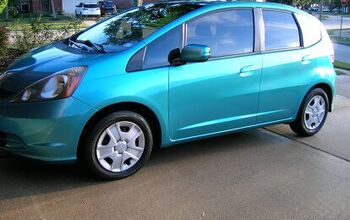

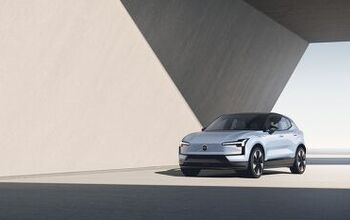
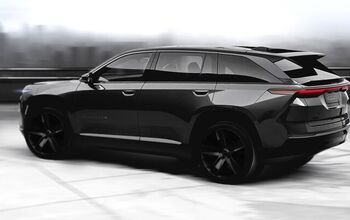


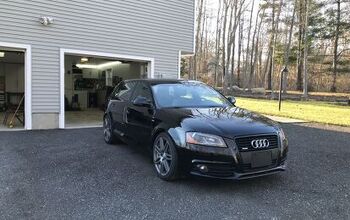



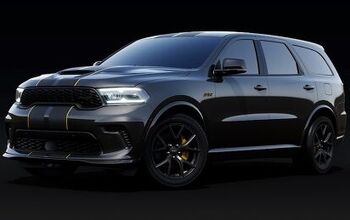


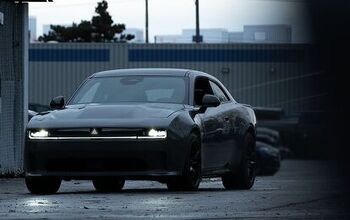
Comments
Join the conversation
Hey, let's call our sporty stuff department " trd ".
These cars are more "ricer" than "tuner".